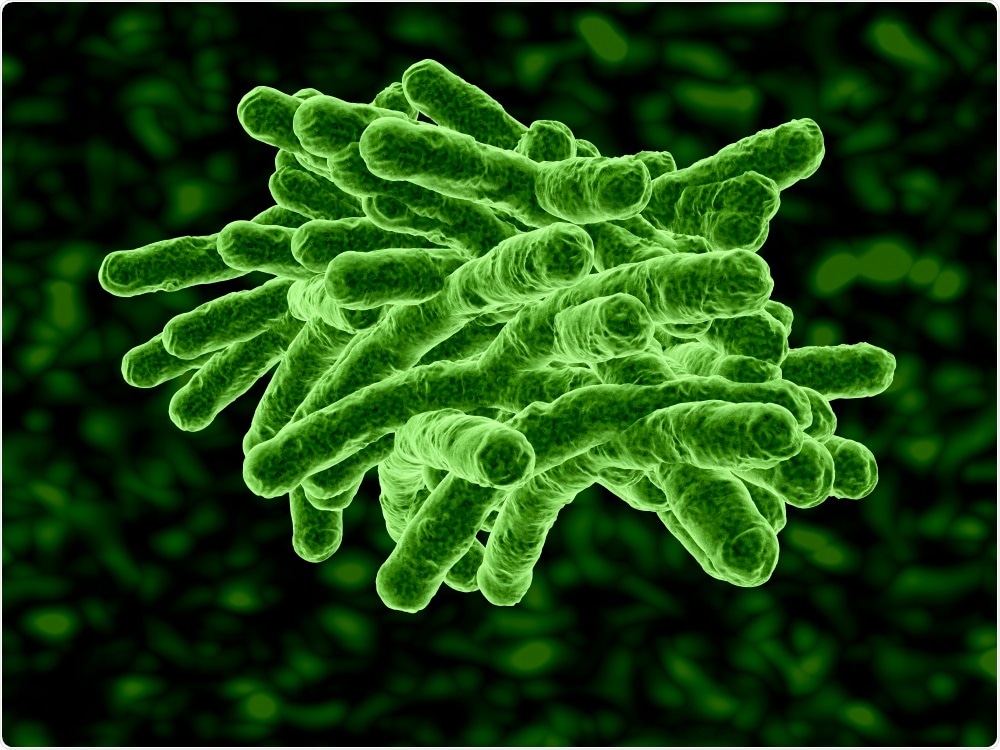A living organism has been made using entirely human-made DNA. It is an important step in synthetic biology with scientists creating a synthetic genome four times larger and more complex than any genomes they have previously engineered.
 David Marchal | Shutterstock
David Marchal | Shutterstock
Researchers at the Medical Research Council Laboratory of Molecular Biology have successfully rewritten the DNA makeup of the bacteria Escherichia coli, or E. coli.
As stated in the paper detailing the research in Nature, “the scale of genomic replacement […] is approximately 4x larger than previously reported for genome or chromosome replacement in any organism.”
“The creation of an organism that uses a reduced number of sense codons (59) to encode the 20 canonical amino acids demonstrates that life can operate with a reduced number of synonymous sense codons.”
A codon is a sequence of three DNA or RNA nucleotides. These codons correspond with particular amino acids or stop signals during the creation of proteins in the body. Both DNA and RNA molecules are made up of four codons, and proteins are made up of 20 amino acids.
The full set of codons is called a genetic code, and this genetic code includes 64 possible combinations of codon sequences that are made from the four DNA and RNA codons. Out of 64 codons, 61 are amino acids, and three are stop signals, which signal the end of the sequence.
A ‘landmark’ study
Although not involved in the study, Tom Ellis, the director of the Center for Synthetic Biology at Imperial College London spoke on the significance of the breakthrough.
It’s a landmark [study]. No one’s done anything like it in terms of size or in terms of number of changes before.”
Tom Ellis
The newly created synthetic genome was constructed with completely new methods and is four million base pairs long. To put this new genome into perspective, another synthetic genome was created nine years ago that was just one million base pairs long.
Jason Chin led the study, and is currently a Program Leader at the Medical Research Council Laboratory of Molecular Biology and is also Head of the Center for Chemical and Synthetic Biology. Alongside these positions, he is also a professor of Chemistry & Chemical Biology at the University of Cambridge.
Chin wanted to understand why all living things encode genetic information in the same way.
“The production of each amino acid in the cell is directed by three bases arranged in the DNA strand,” Chin explained. “Each of these trios is known as a codon. The codon TCT, for example, ensures that an amino acid called serine is attached to the end of a new protein.
“Since there are only 20 amino acids, you’d think the genome only needs 20 codons to make them. But the genetic code is full of redundancies, for reasons that no one understands. Amino acids are encoded by 61 codons, not 20. Production of serine, for example, is governed by six different codons.”
Chin asked whether all those “chunks of DNA” were essential to life, but because life uses 64 codons “universally” the answer has not yet been found. To get closer to finding the answer, Chin and his laboratory made a genome that could help give him more insight into the issue.
A genetic blueprint
Chin and his colleagues created a modified version of the E. coli genome on a computer that used 61 codons to create the amino acids the E. coli bacteria needed.
What the researchers found is that the E. coli genome only used four codons to make serine instead of the usual six. These four codons included only two stop codons instead of three.
The paper explains they recorded “18,214 codons to create an organism with a 61-codon genome.” It goes on to say, “This organism uses 59 codons to encode the 20 amino acids, and enables the deletion of a previously essential transfer RNA.”
After replacing the 18,214 codons, the researchers were left with a blueprint for a new genome of four million base pairs long. Introducing DNA synthesized in the laboratory into the E. coli genome was the next challenge.
The genome was too long and too complex to introduce into cells at once. To circumvent this issue, the researchers built small segments and placed them into the E. coli genome one by one. After this process was completed, no natural segments were left.
Despite this extensive alteration to the E. coli genome, it was still alive at the end of the process, although the bacteria grew much slower than natural E. coli and its cells were longer than those of its natural counterpart.
Tom Ellis wasn’t involved in the study but commented, “No one’s done anything like it in terms of size or in terms of number of changes before.”
‘Novel organisms’ on the horizon
In an article written for Matter in the New York Times, Carl Zimmer said:
The achievement one day may lead to organisms that produce novel medicines or other valuable molecules, as living factories. These synthetic bacteria also may offer clues as to how the genetic code arose in the early history of life.”
The paper states that the next steps in the research will include more characterization of the consequences of synonymous codon compression along with investigating additional recoding schemes.
Journal Reference:
Fredens, J., et al. (2019). Total synthesis of Escherichia coli with a recoded genome. Nature. nature.com/articles/s41586-019-1192-5